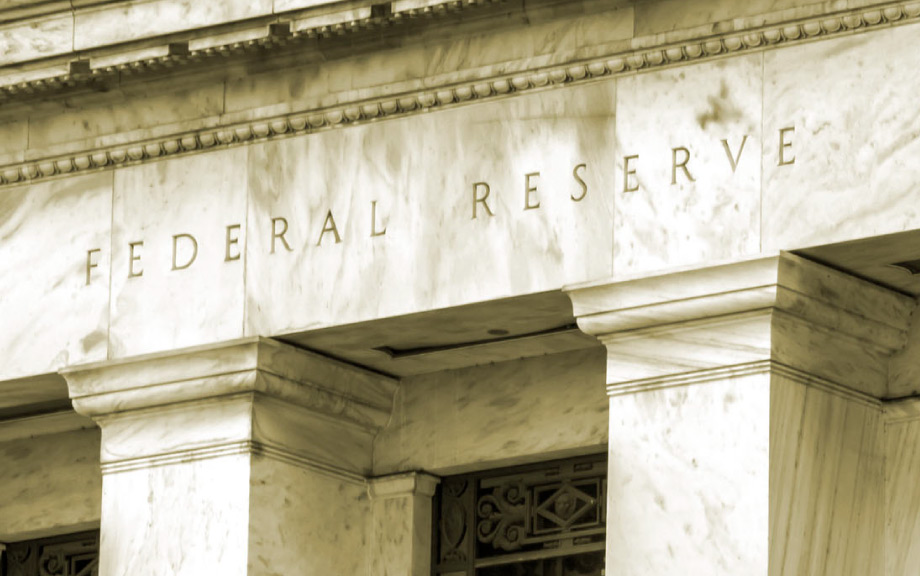
In a prior article, we discussed the scarce reserves regime the Fed used to implement monetary policy before the global financial crisis, and how the Fed’s repo and reverse repo operations evolved in response to the crisis. In this article, we explore the continued evolution of repo and reverse repo operations—namely, how they were structured to address the spike in repo rates in September 2019 and the extraordinary market dislocations at the onset of the COVID-19 pandemic in March 2020.



















